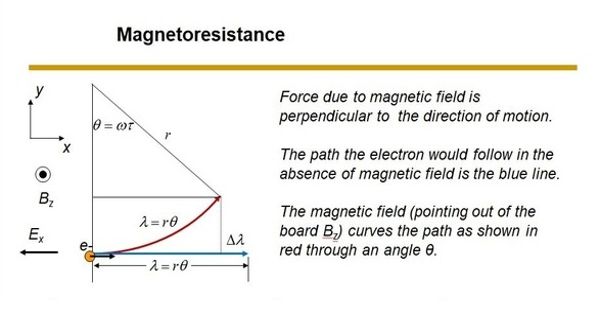A free trade agreement (FTA) or treaty is an agreement between two or more countries where the countries agree on certain obligations that affect trade in goods and services, and protections for investors and intellectual property rights, among other topics. FTAs, a type of trade pacts, specify the tariffs and duties that countries place on imports and exports with the intention of reducing or removing barriers to trade, thus promoting foreign commerce. Goods and services can be bought and sold across international borders under a free trade policy, with little or no government tariffs, quotas, subsidies, or prohibitions to inhibit their exchange.
The concept of trade is the opposite of trade protectionism or economic isolationism. While the specifics of every FTA vary, they often provide for the reduction of trade barriers and also the creation of more stable and transparent trading and investment environment. Such agreements usually “are centered on a chapter providing for preferential tariff treatment,” but often also “include clauses on trade facilitation and rule-making in areas such as investment, intellectual property, government procurement, technical standards and health and phytosanitary matters.”
Free trade policy is often implemented in the modern world through the formal and mutual consent of the countries involved. But a free trade policy may simply be the absence of any restrictions on trade. Accessing FTA advantages for our product may require more record-keeping but may also give our product a competitive advantage over other countries’ products. A government should not take practical measures to encourage free trade.
The North American Free Trade Agreement (NAFTA) may be a trade agreement that took effect on 1st January 1994, and it encourages trade between the United States, Canada, and Mexico. The concept of building the North American free trade zone was first proposed by US President Ronald Reagan as a part of his presidential campaign in 1980. President Reagan’s initiative was motivated by the European Economic Community’s success in stimulating trade activities among its member states. The agreement phased out much of the trade barriers that existed among the trading countries, both tariff and non-tariff.
NAFTA today is the world’s biggest free-trade deal, with participating countries’ gross domestic product approaching $20 trillion. Governments with free trade policies or agreements in place do not automatically drop all import and export restrictions or do away with all protectionist policies. In modern international trade, few free trade agreements (FTAs) result in completely free trade.
Economists have made attempts to assess to what extent FTAs can be regarded as public goods. Firstly, they address a key element of FTAs, which is the system of embedded tribunals that act as arbitrators in international commercial disputes. However, it allows businesses in each country to concentrate on producing and selling the products that best use their resources while other businesses import goods that are scarce or unavailable domestically. That blend of local production and foreign trade allows economies to experience faster growth while better meeting the requirements of its consumers.
Information Sources:
















